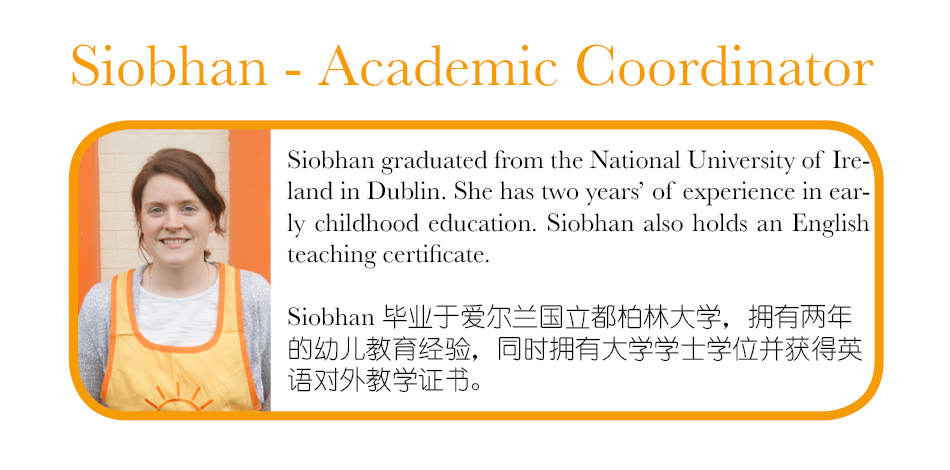

The important thing is not to stop questioning.
— Albert Einstein
Life. We all have it. The world around us is full of it, from the birds in the air to the fish in the sea and all the land animals in between. But how does life really work? The following is a fun experiment that can be done at home to explore this question.
Investigation: How does water get from the ground to the leaves of a plant?
What you will need:
• 4 full glasses of water at room temperature
• Red, blue, green, and yellow food coloring
• 3 white carnations
• Sharp knife
Instructions:
1. Mix one color into each of your four glasses. The stronger the color of the water, the more effective the experiment will be.
2. Place your first carnation into the glass of your choice. You may need to trim the stem if it’s too long.
3. Place your second carnation into another glass.
4. Take your final carnation and, with an adult’s help, slice the stem lengthwise so that it looks like two smaller stems, both of which remain attached to the flower.
5. Place one half of the stem into your third glass of colored water and the other half into the fourth and final glass.
6. Place the flowers out of the sunlight and wait a day or so. Then look at each of the flowers.
What’s happening?
What you have witnessed is a process called capillary action, where the water travels up the stem of plants to the outer leaves. You saw this when each flower turned the same color as the water it was sitting in. Even the split stem produced a flower with both colors in it!
Question for the scientist:
When you water the plants in your yard, should you water the leaves or the ground around the bottom of the plant?










 International Sunshine Home Arts & Sciences
International Sunshine Home Arts & Sciences